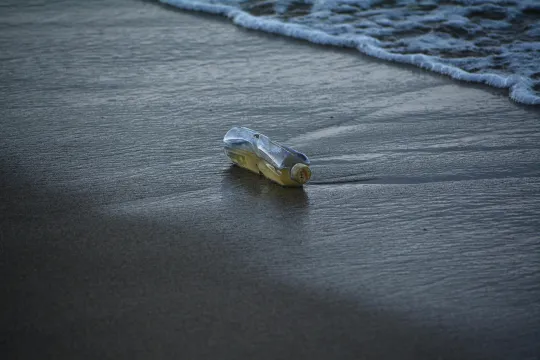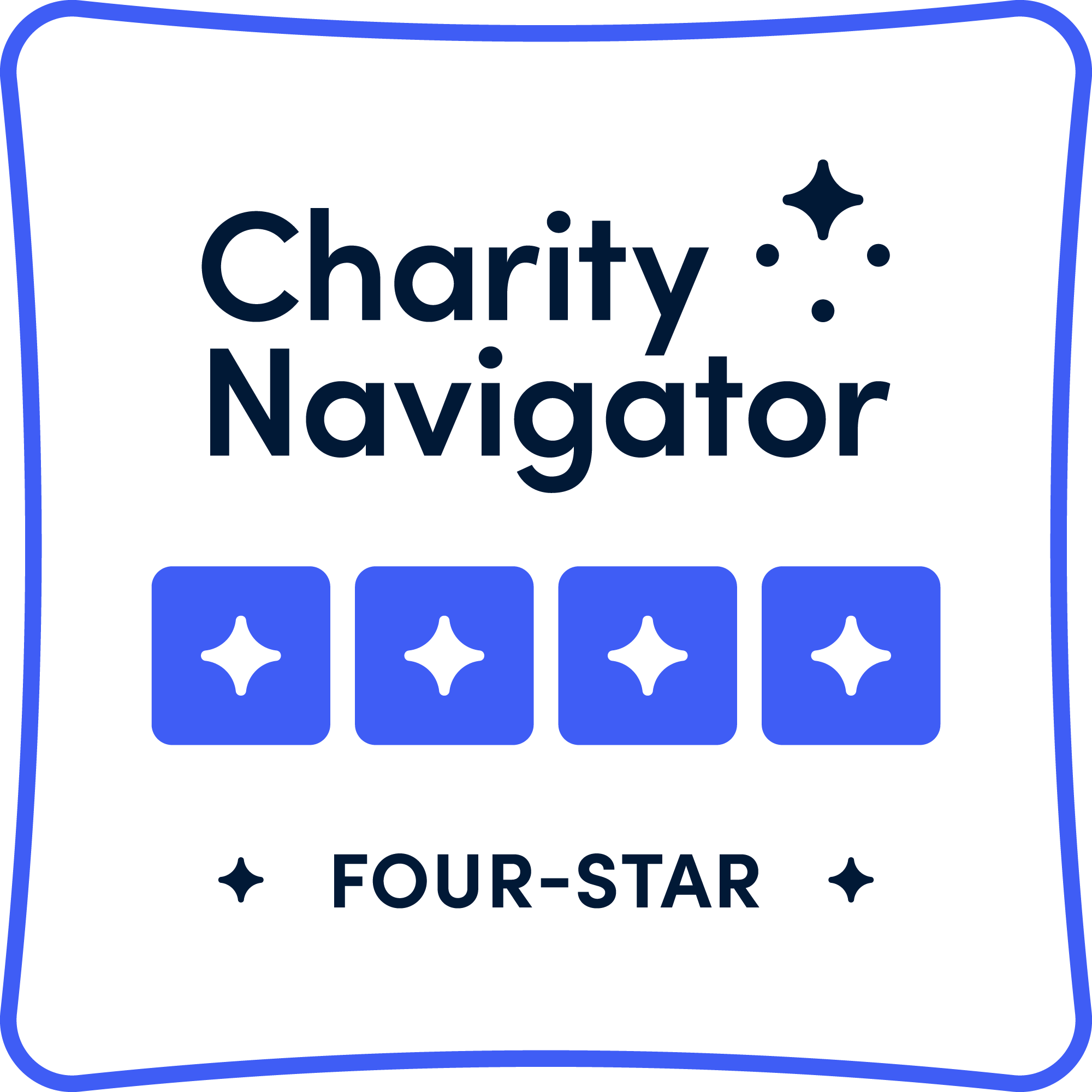Active banners: 0 Visible banners: 0
Ocean Plastics Unit (9-12)
Provided by: Ocean Wise |Published on: July 9, 2024
Lesson Plans
9101112
Synopsis
- In this six-lesson unit, students will learn about the impact of plastic pollution on marine life and human health, and how they can help reduce the amount of plastic getting into the ocean.
- Students will learn a brief history of plastics, explore the path plastic takes to get to the ocean, see the dangers and prevalence of microplastics, investigate how ocean currents carry plastic all over the world, read about the connection between plastic pollution and climate change, and participate in a shoreline or outdoor cleanup.
- Students will discuss how plastic pollution impacts Inuit and other Indigenous communities and how communities like the Ahousaht, T’Sou-ke, and Heiltsuk are combating the problem through shoreline cleanups.

Subjects: Social Studies, Biology, Earth and Space Sciences
Authors: Ocean Wise
Region: North America, Global
Languages: English, French
Teaching Materials
Positives
- The dissection simulation video in Lesson 3 is a great alternative for classes that cannot perform dissections.
- Students will love getting outside to clean up an outdoor area in their neighborhood.
Prerequisites
- To see the Educator Guidebook, teachers will need to use this link and scroll to the section for Secondary.
- Students will have to enter their email to read the article from The Narwhal in Lesson 2.
- The Take Action Links for Ocean Wise resources are broken. Students can use this link instead.
- The link for Microplastics Too Small to See TOO BIG TO IGNORE in Lesson 3 is broken but can be found HERE.
- There is one brief reference to alcohol in The Epic Journey of Plastic Ducks video in Lesson 4.
- In Lesson 4, the podcast under Additional Resources is unavailable. Instead of playing it, teachers can just explain the duck spill and transition into the activity with the Marine Debris map. Also, the Plastic Wise Partner Map on the Take Action page no longer exists.
- In Lesson 5, the link to Plastic Waste and Climate Change – What’s The Connection? is broken. Teachers can find the article HERE.
- Teachers will need to gather materials for the dissection in Lesson 3 (if applicable) and the greenhouse effect experiment in Lesson 5. Teachers will also need to prepare a shoreline or outdoor cleanup for Lesson 6.
- In Lesson 6, educators may need to sign up for a shoreline cleanup to access some materials.
Differentiation & Implementation
- The video, Plastic. The Good, the Bad, and the Ugly, from Lesson 1 has pauses for students to consider the questions posed. However, some students may benefit from longer processing time.
- After writing their stories about the journey of plastic in Lesson 2, students can create artistic representations of this journey using art supplies.
- After Lesson 3, students can spend time on clothing websites and practice looking at the descriptions to find what the clothes are made of.
Scientist Notes
Teaching Tips
Standards
Resource Type and Format
All resources can be used for your educational purposes with proper attribution to the content provider.


